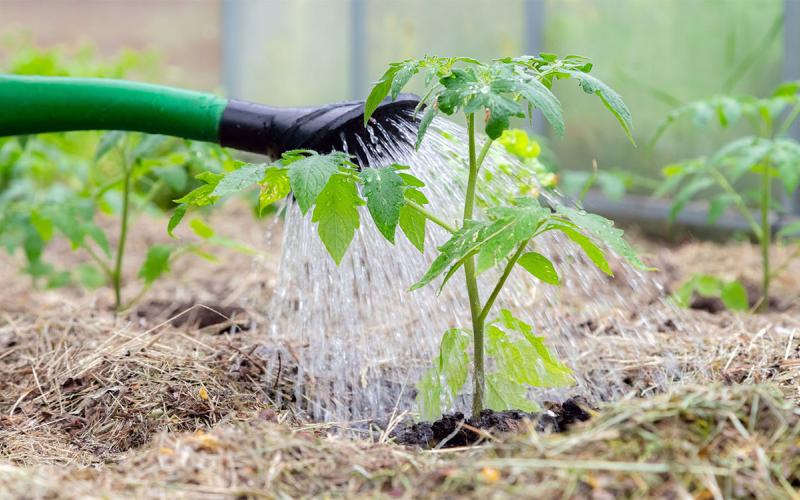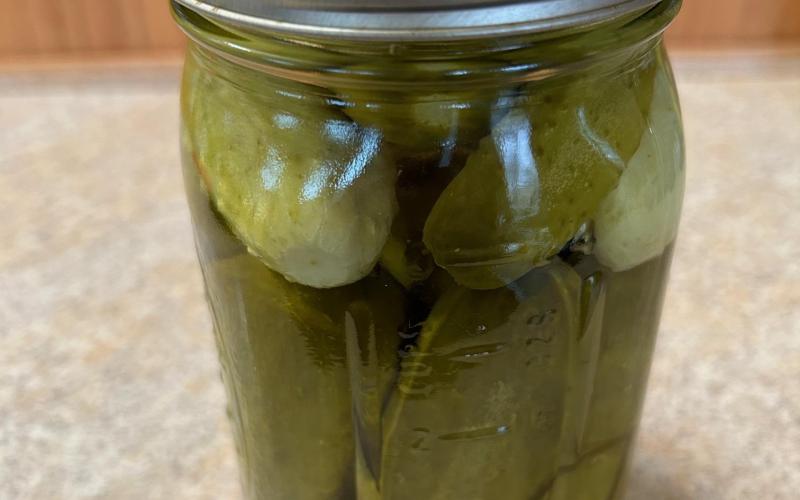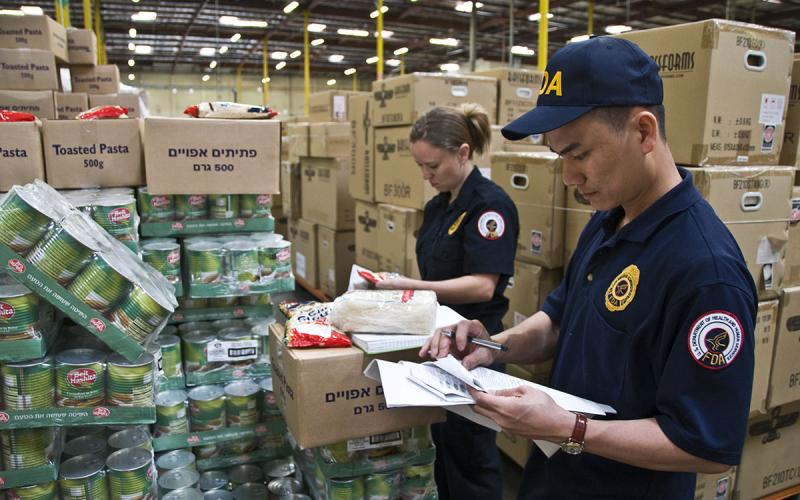Written by Abigail Lambert, former SDSU Extension Food Preservation Intern, under the direction and review of Claudia Botzet, former SDSU Extension Nutrition Field Specialist.
Kitchen safety during preservation is just as important as using a safe, evidence-based preservation method. Kitchen cleanliness can affect the safety of the preserved product.
There is something to be said about the importance of:
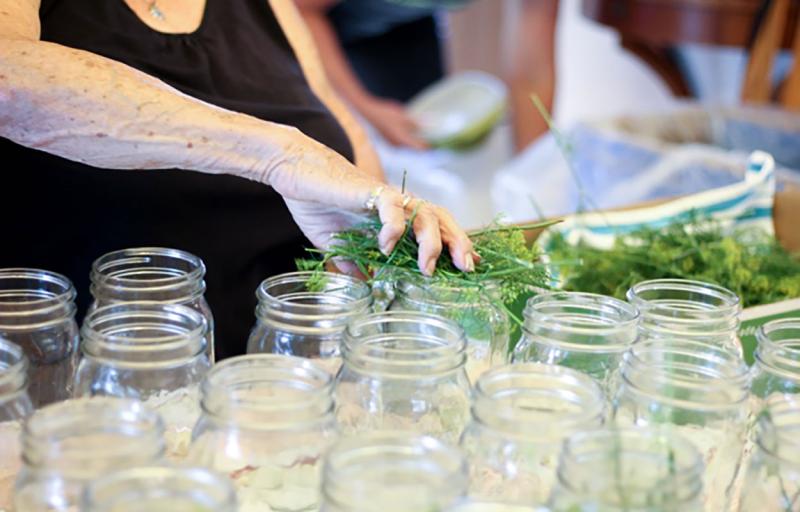
-
Clean hands.
Foodborne illnesses can be caused by poor hygiene. Wash hands before and after handling foods or touching your face, mouth, hair, or eyes. Rub hands together for at least 20 seconds using soap and warm water. Rinse hands with warm water and dry with a clean towel or single-use paper towels. -
Clean surfaces.
Surfaces can harbor bacteria and pathogens (organism that causes disease), which can contaminate food and cause foodborne illnesses. Clean surfaces using hot, soapy water. If desired, high-touch surfaces can also be sanitized using FDA-approved sanitation sprays. When using sanitation products, always follow directions on the label, wear protective gear if needed, make sure the room is well-ventilated and chemicals are stored away from children and pets. -
Clean produce.
Some bacteria can be found naturally in soil and on the surface of fresh produce. Make sure to wash produce under running water and use a brush to remove all dirt from grooved produce.
Be clean and neat during preparation.
Bacteria can also spread through cross contamination, when pathogens spread from one food to another, through contact with any surface foods touch. Cross contamination can occur through using the same cutting board, utensil or dirty hands for several foods without washing in between.
This concept is especially important when working with raw and ready-to-eat foods. Raw meats (such as raw beef, poultry, fish, venison and pork) can contain pathogens that are killed when heated to the appropriate temperature. Ready-to-eat foods (such as raw fruits, vegetables, salads and sandwiches) usually aren’t heated to a high enough temperature to kill the pathogens, resulting in illness when eaten. It’s important to keep these foods separate, so pathogens are not transferred from the raw to ready-to-eat foods. Use different colored cutting boards to keep raw produce and meats separate. Always clean up properly and wash your hands and utensils after working with raw animal meat.
Can Safely
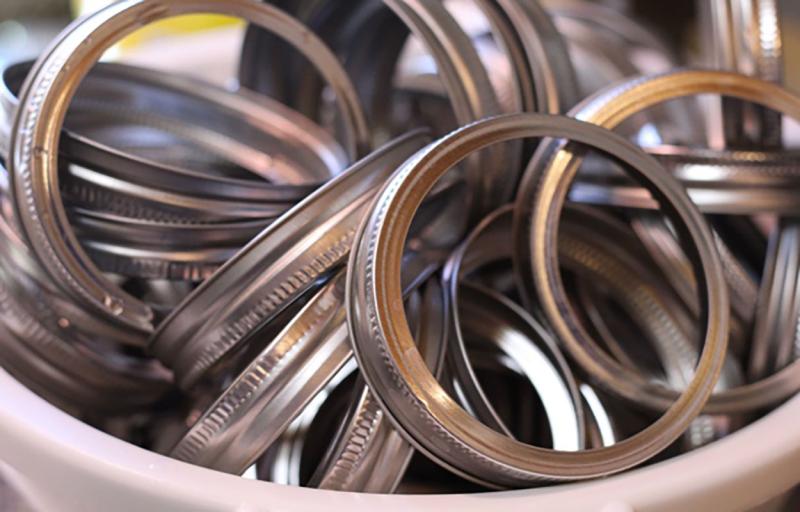
-
Look at your lids and bands.
Check for rust around the bands and use new lids each time you can. Do NOT reuse lids that have been used to can products in previous years as they are not guaranteed to seal. -
Check your equipment.
Make sure your canners are ready for the next canning season. Check the vent pipe, air vent, and sealing ring to make sure they are functioning properly and do not have any nicks or cracks in them. If you have a dial gauge pressure canner, make sure to get it tested each year for accuracy. -
Has it sealed?
Once the canning process is complete, check the jar seals 24 hours after processing to ensure they have sealed correctly before storing. -
Don’t eat with doubt.
When in doubt, throw it out. Home preserved foods can be stored and enjoyed for up to 18 months, but if it presents with an off odor or taste throw it out!
